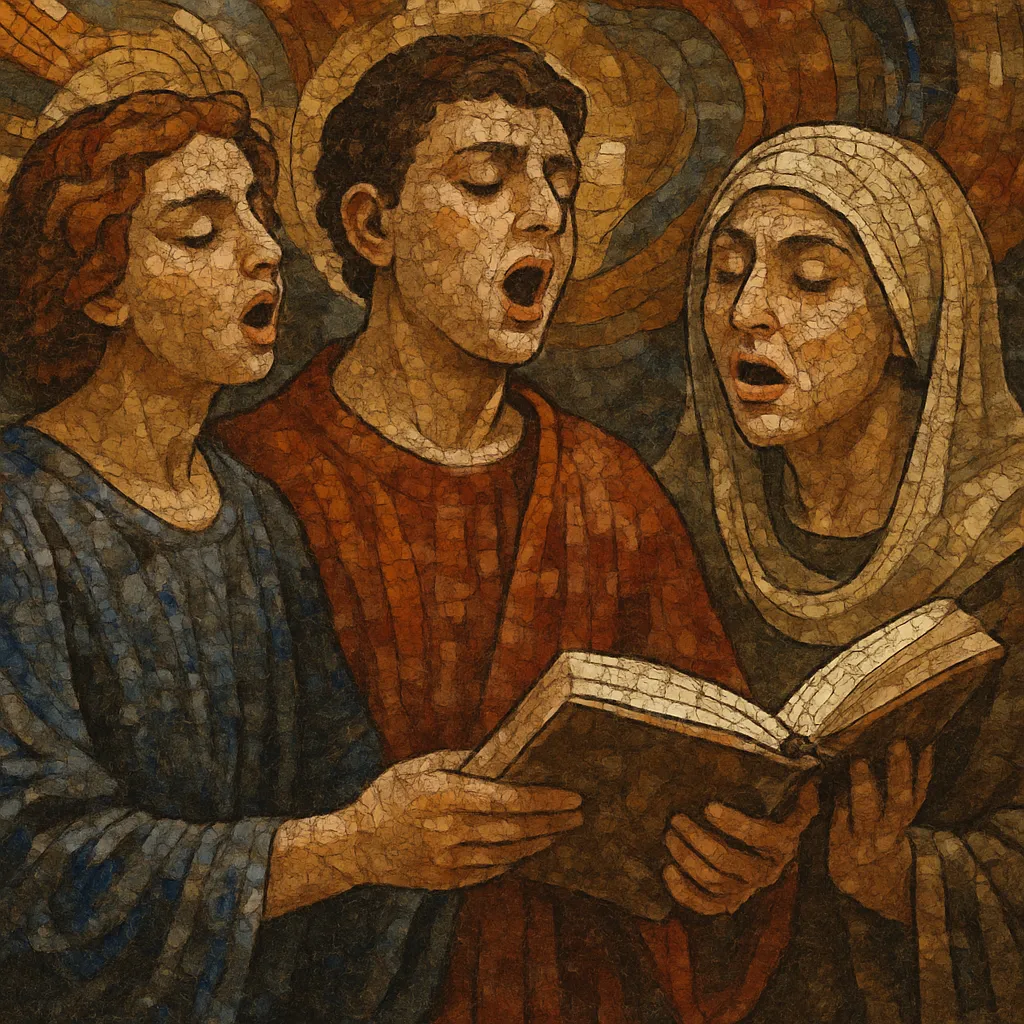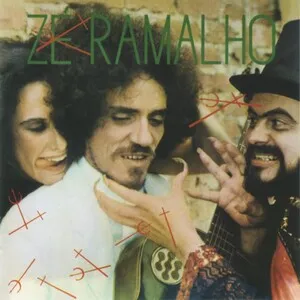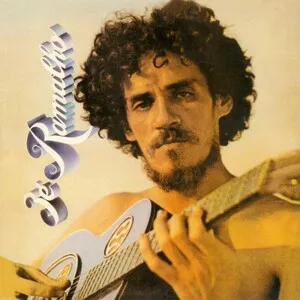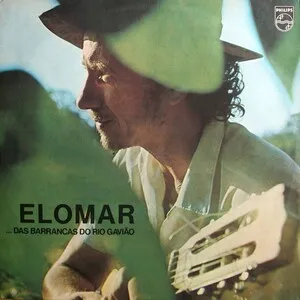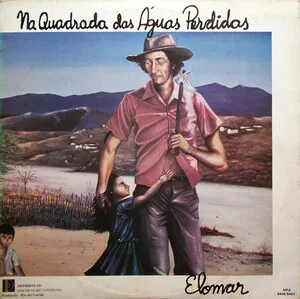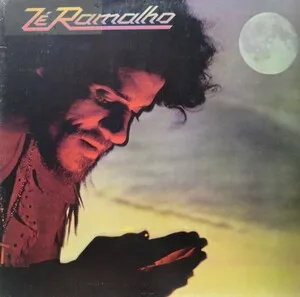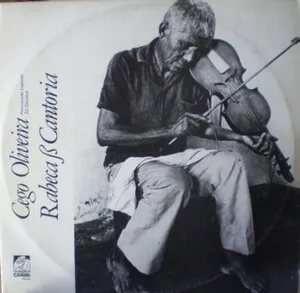Cantoria is a Northeastern Brazilian tradition of improvised sung poetry, typically performed by two singer-poets (cantadores) who accompany themselves on the viola caipira (10‑string Brazilian guitar).
Firmly rooted in the décima tradition and the wider practice of repente (improvised verse), cantoria features quick-witted verbal duels, strict syllabic meters, and sophisticated rhyme schemes delivered over cyclical harmonic patterns. Performances balance humor, social commentary, spirituality, and regional lore, with audiences often proposing themes while the poets extemporize.
Musically, cantoria favors lilting melodies, modal shadings, and steady I–IV–V progressions, while metrically it relies on canonical stanza forms such as sextilha, septilha, and the espinela décima. Its timbre is defined by the bright, resonant viola caipira, whose open tunings provide rich drones and sympathetic resonance.
Cantoria coalesced in Brazil’s Northeast during the 1800s, drawing from Iberian troubadour verse, Portuguese oral ballads, and early Brazilian salon and folk song. The practice crystallized around repentismo (improvised poetry) and the espinela décima form, carried through cordel literature culture and rural gatherings where the viola caipira was already central.
By the early 1900s, cantoria had established recognized stanza types (sextilha, décima, martelo agalopado) and competitive formats where pairs of cantadores debated themes proposed by audiences. Radio and regional festivals (mid‑20th century) broadened its reach across Pernambuco, Paraíba, Rio Grande do Norte, and neighboring states, professionalizing circuits and codifying performance etiquette (turn-taking, theme setting, and closing formulas).
Cantoria developed in dialogue with other repentismo branches, notably embolada (pandeiro-driven improvised verse) and aboio (cattle calls), sharing techniques of metric control and topical agility. While embolada emphasized percussive propulsion, cantoria refined harmonic and melodic accompaniment on the viola, shaping a distinct sonic identity.
Today, cantoria remains a vibrant live art in markets, casas de cantoria, festivals, and cultural centers. Archival recordings, radio programs, and modern media sustain both oral transmission and formal documentation. Younger cantadores continue the tradition, extending its themes to contemporary issues while preserving its canonical meters and virtuosic improvisation.

